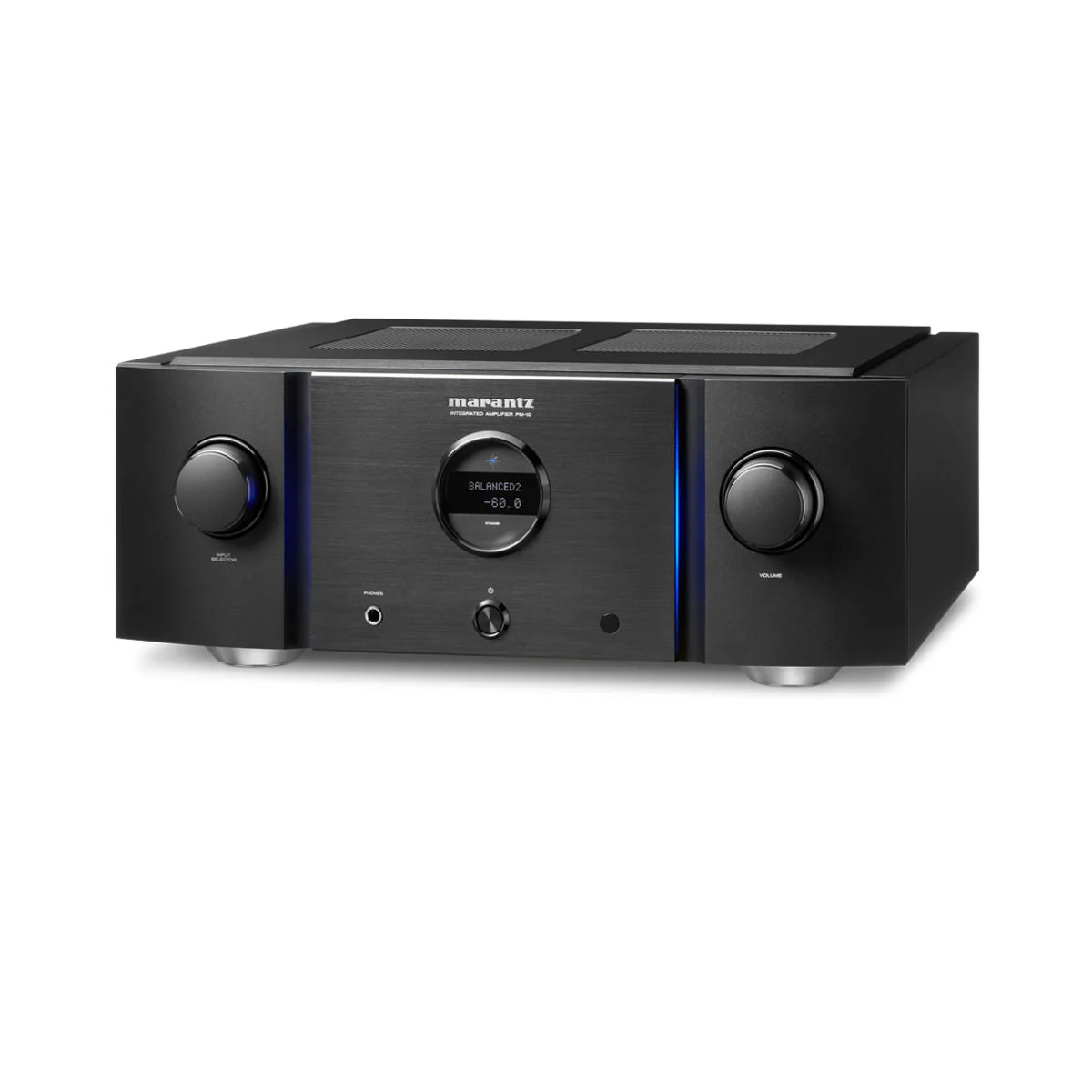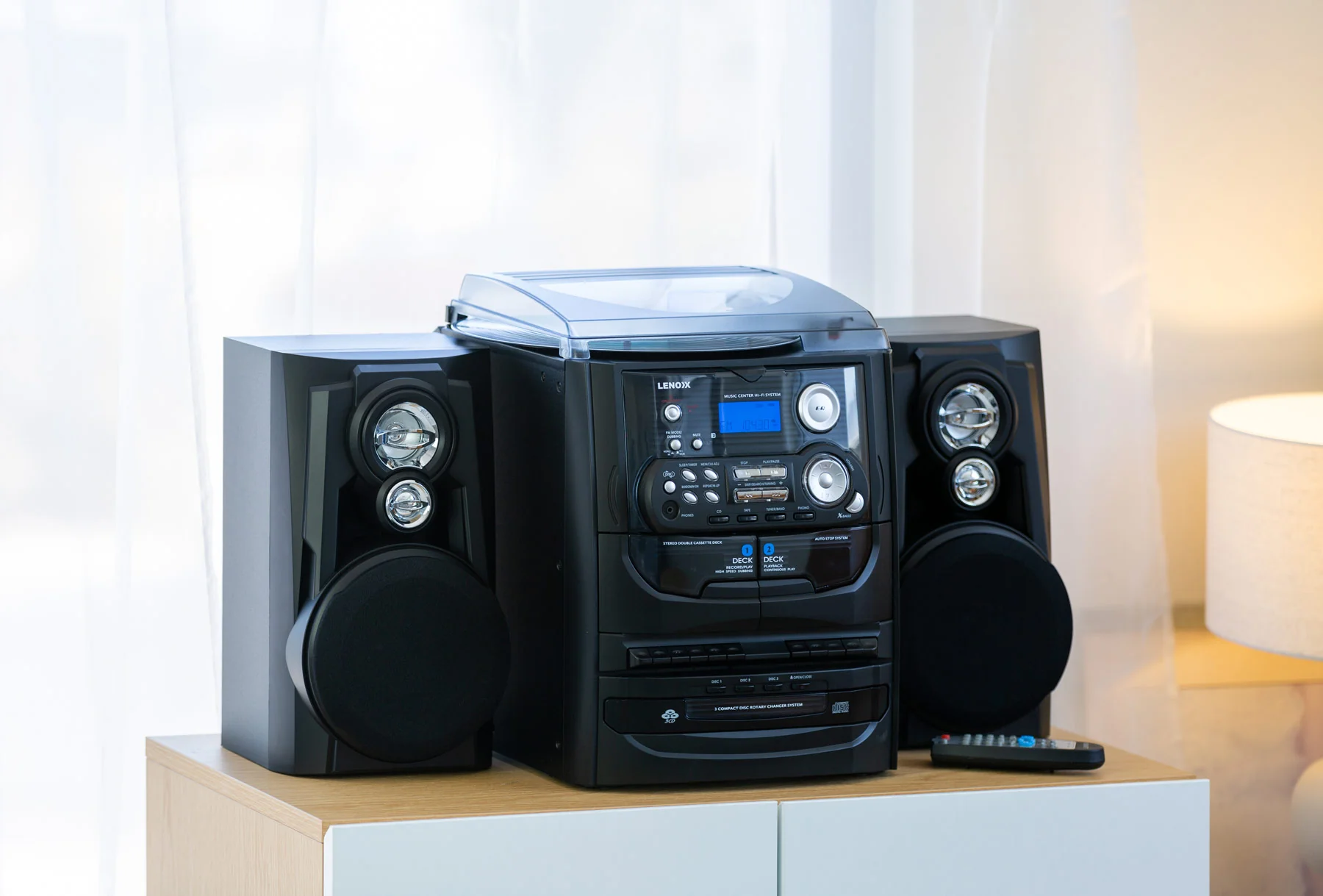
Constructing your own audio system may be a fulfilling endeavor since it lets you customize the sound quality to meet your needs and preferences. Following recommended practices will enable you to get ideal performance from your High-End Audio system regardless of your listening style—that of an audiophile or casual observer. These main factors should help you to design your own audio system.
Define Your Goals and Budget
You really should clarify your objectives before entering the realm of audio equipment. Do you want a high-fidelity system for serious listening or a casual listening system? Knowing your needs will guide your component choice. Create a budget that also fits for your objectives. Knowing your financial limitations will help you make decisions and avoid overspending, as audio equipment can vary from quite cheap to very expensive.
Choose the Right Components

Any audio system consists fundamentally in speakers, an amplifier, and a source—such as a CD player, turntable, or streaming device. Every element is quite important for sound quality. Consult studies and select elements that go well together. For instance, outcomes will be greater if you combine high-efficiency speakers with a strong amplifier. Take also into account the space the system will occupy. The acoustics of your surroundings can greatly influence sound quality; so, pick speakers appropriate for the layout and size of the room.
Pay Attention to Cables and Accessories
Though they seem like little elements, cables and accessories can affect your audio experience. To guarantee a clear signal transfer, make quality speaker cable and interconnecting investments. To further remove noise from your electrical source, think about running a power conditioner. Good cable management can also help with appearance and stop tangling or damage.
Optimize your setup and calibration
After choosing your components and configuring your system, spend some time maximizing your listening environment. For best soundstage, set your speakers at ear level and draw an equilateral triangle between the listening point and them. Try several speaker locations to discover the optimal clarity and bass response. Calibrate your audio configuration using a room correction system, if at all possible.
Although designing your own High-End Audio system requires great thought and planning, the outcome may be rather satisfying. Defining your objectives, choosing the correct parts, making investments in quality cables and accessories, and configuring your system can help you to produce an individualized audio experience fit for your needs. Years to come will find you enjoying a sound system that improves your listening enjoyment thanks to your patience and precise approach.


